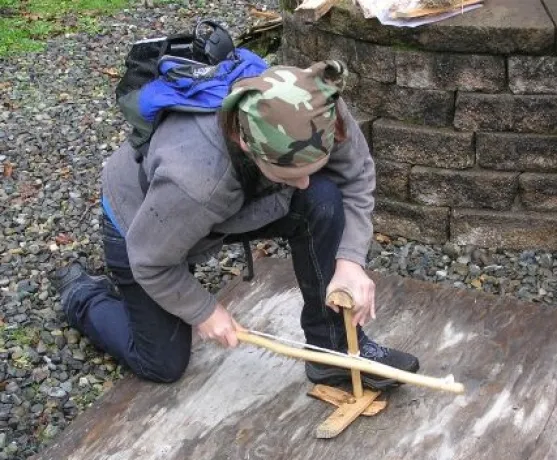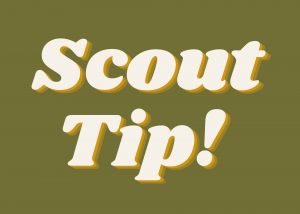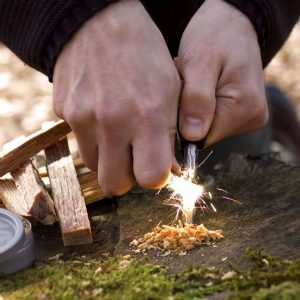Fire Starting and Fire Building
Fires are important for many reasons when outdoors. They keep you warm, serve as light, a source for cooking, they tend to keep animals away from bothering you, the smoke can serve as a natural insect repellent, and just the calming beauty of watching them. Whether you have a roaring blaze or twinkling coals a good fire can be your best friend in the wild.
Supplies



Making a nest

Whether you use jute or other stringy fibers, or breakdown thicker fibers from tree bark or cattails, a nest is key to starting many primitive fires. Make your nest nice and light, if it is too packed the oxygen doesn’t flow to help catch it on fire. However, if you have the fibers too spread out then there isn’t enough material there to catch fire.

Fire by Friction





Fire by friction is challenging and exhausting, especially at first! When you start the friction, no matter the method, start slowly. You will want to get into the groove of things and a good rhythm that is fluid before adding speed. When you start to see smoke DO NOT STOP! Many folks think when they start to see smoke they have the ember, you don’t! Once you start to see the smoke that is actually the time to pick up the speed and go as fast as you can, but make sure you still keep good form. When you do have your ember it will stay hot for a bit so if you are winded take a moment to catch your breath or you will risk blowing too hard on the ember and putting it out. When your ember is in the nest blow softly, imagine your breath as a whisper, and hold the nest up in the air blowing softly from underneath.
Other firing starting methods



